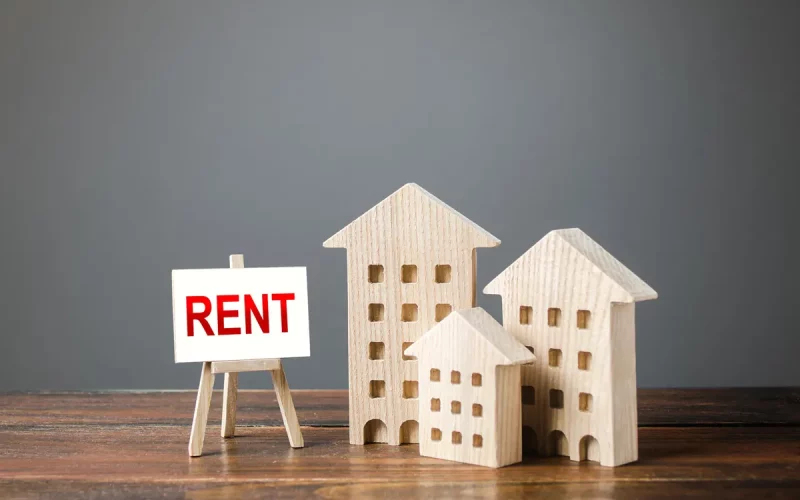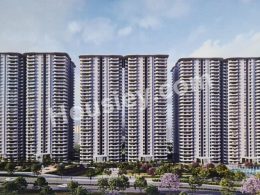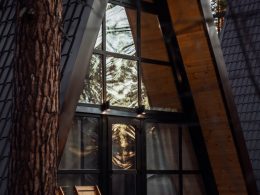Introduction: Understanding the Concept of Built-for-Rent Homes
The real estate landscape is evolving, and one emerging trend that’s gaining significant traction is the concept of built-for-rent homes. These are homes intentionally designed and constructed for the purpose Built-for-Rent Trend of renting rather than selling. This article delves into the rise of built-for-rent homes, exploring the advantages, challenges, and potential impact on the housing market.

Benefits of the Built-for-Rent Trend in Real Estate
- Tailored Rental Experience: Built-for-rent homes are designed with renters’ needs in mind, offering modern features, layouts, and amenities that cater to the lifestyle of tenants.
- Consistent Rental Supply: This trend increases the availability of rental properties, helping address housing shortages in certain markets.
- Minimal Maintenance Concerns: Newer homes require less immediate maintenance, offering a hassle-free experience for both tenants and landlords.
- Investment Opportunity: Investors can capitalize on the growing demand for rental properties, potentially achieving attractive rental yields and long-term value appreciation.
Factors Driving the Demand for Built-for-Rent Homes
- Changing Demographics: Shifting demographics, including millennials and baby boomers, are increasingly prioritizing flexibility and convenience, making rental living more appealing.
- Financial Constraints: High housing costs and stricter mortgage lending have led many individuals to choose renting over homeownership.
- Lifestyle Flexibility: Renting provides flexibility for individuals who value the ability to relocate for job opportunities or personal reasons.
- Urbanization: The trend towards urban living, where homeownership might be less feasible, fuels demand for well-located rental options.
Challenges and Considerations for Investors and Renters
- Initial Costs: Investors face the initial costs of property acquisition and development, which can be substantial.
- Property Management: Successful rental management requires expertise in tenant relationships, property maintenance, and legal compliance.
- Market Saturation: As the built-for-rent trend gains popularity, over saturation in specific markets could impact rental rates and returns on investment.
- Tenant Turnover: Frequent tenant turnover can lead to higher operational costs and potential income gaps between tenants.
The Impact on Traditional Home ownership and Rental Markets
- Shifting Norms: The rise of built-for-rent homes challenges the traditional narrative that home ownership is the ultimate goal, particularly among younger generations.
- Rental Competition: Increased availability of purpose-built rentals could affect demand for existing rental properties, potentially influencing rental prices.
- Housing Affordability: While built-for-rent homes offer more affordable options, they might also contribute to rising rental rates in some markets due to supply constraints.
- Urban Development: The trend influences urban planning, with cities considering the integration of rental communities within their development plans.
Conclusion: Navigating the Future of Built-for-Rent Housing
The ascent of built-for-rent homes represents a paradigm shift in the real estate industry. As demand for rental options continues to grow, developers, investors, and renters alike are adapting to this evolving housing trend. The impact on traditional home ownership and the rental market is notable, prompting discussions about housing affordability, rental competition, and urban development strategies. As the built-for-rent trend continues to shape the housing landscape, careful consideration of its implications is essential for all stakeholders involved.












